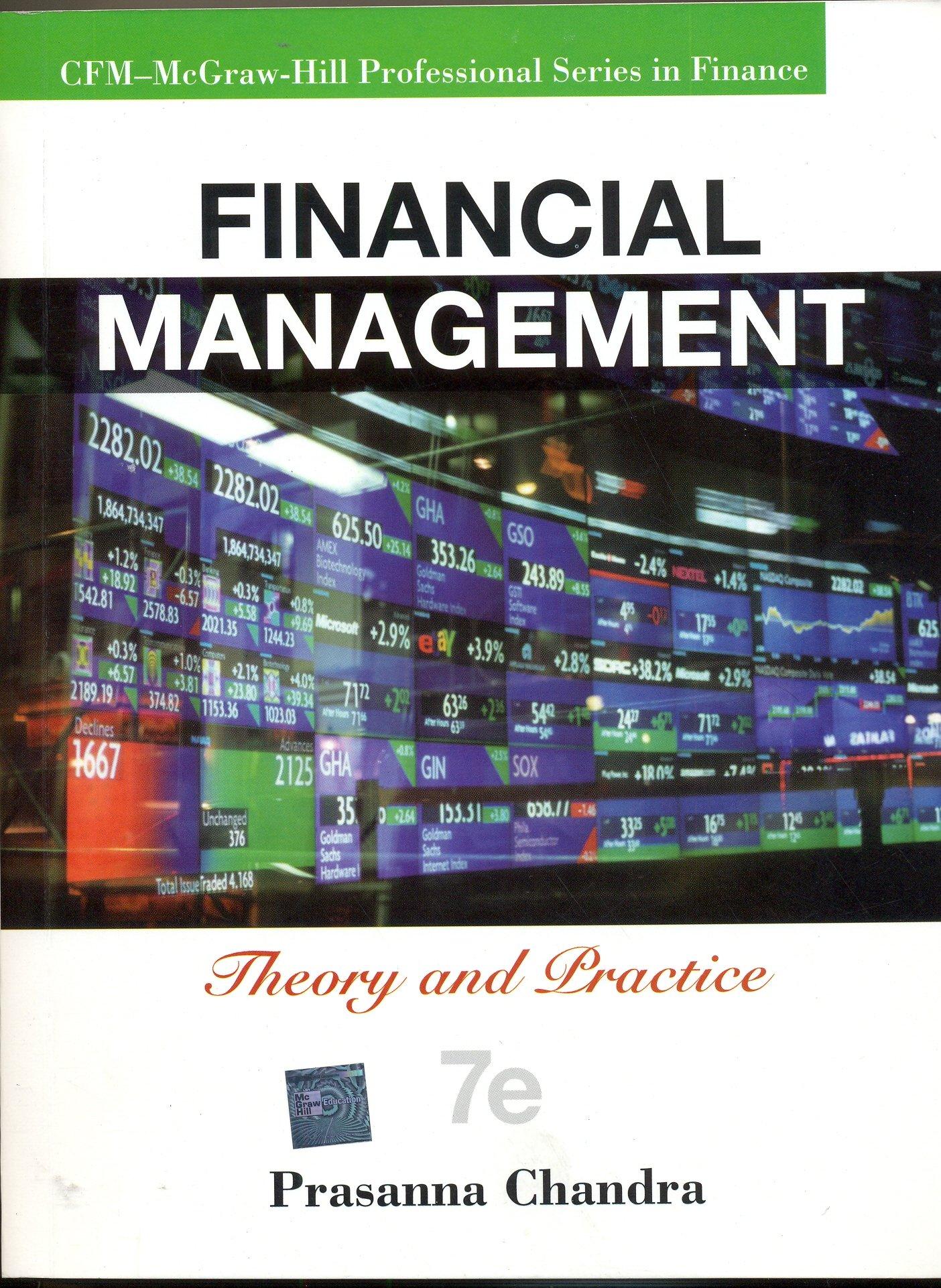Question
An investor is considering the purchase of zero- 20 years. All of the bonds are currently yielding coupon U.S. Treasury bonds. A 30-year zero- coupon
An investor is considering the purchase of zero- 20 years. All of the bonds are currently yielding
coupon U.S. Treasury bonds. A 30-year zero- coupon bond yielding 8% can be purchased today for $9.94. At the end of 30 years, the owner of the bond will receive $100. The yield of the bond is related to its price by the following equation:
P5 100 s1 1 ydt
Here, P is the price of the bond, y is the yield of the bond, and t is the maturity of the bond measured in years. Evaluating this equation for t 5 30 and y 5 0.08 gives P 5 9.94.
The investor is planning to purchase a bond today and sell it one year from now. The investor is interested in evaluating the return on the investment in the bond. Suppose, for example, that the yield of the bond one year from now is 8.5%. Then the price of the bond one year later will be $9.39 [5100/(1 1 0.085)29]. The time remaining to maturity is t 5 29 because one year has passed. The return for the year is 5.54% [5 (9.39 9.94)/9.94].
In addition to the 30-year-maturity zero-coupon bond, the investor is considering the purchase of zero-coupon bonds with maturities of 2, 5, 10, or
8.0%. (Bond investors describe this as a flat yield curve.) The investor cannot predict the future yields of the bonds with certainty. However, the investor believes that the yield of each bond one year from now can be modeled by a normal distribution with mean 8% and standard deviation 1%.
Suppose that the yields of the five zero-coupon bonds are all 8.5% one year from today. What are the returns of each bond over the period?
Using a simulation with 1000 iterations, esti- mate the expected return of each bond over the year. Estimate the standard deviations of the returns. (Show excel work)
Comment on the following statement: The expected yield of the 30-year bond one year from today is 8%. At that yield, its price would be $10.73. The return for the year would be 8% [5 (10.73 9.94)/9.94]. Therefore, the aver- age return for the bond should be 8% as well. A simulation isnt really necessary. Any difference between 8% and the answer in Question 2 must be due to simulation error.
Step by Step Solution
There are 3 Steps involved in it
Step: 1

Get Instant Access to Expert-Tailored Solutions
See step-by-step solutions with expert insights and AI powered tools for academic success
Step: 2

Step: 3

Ace Your Homework with AI
Get the answers you need in no time with our AI-driven, step-by-step assistance
Get Started


